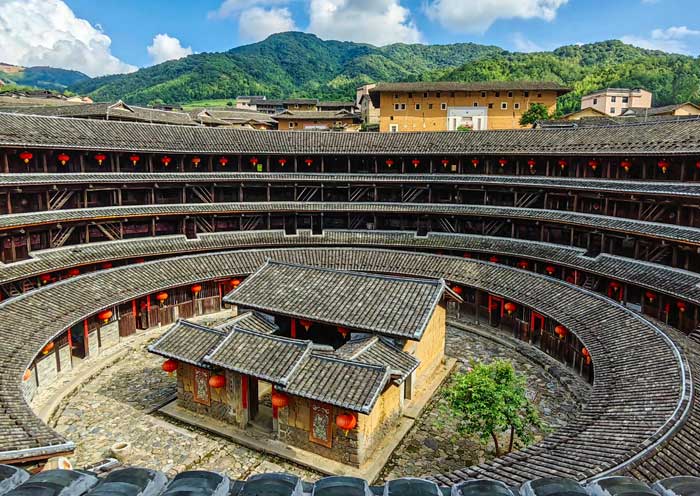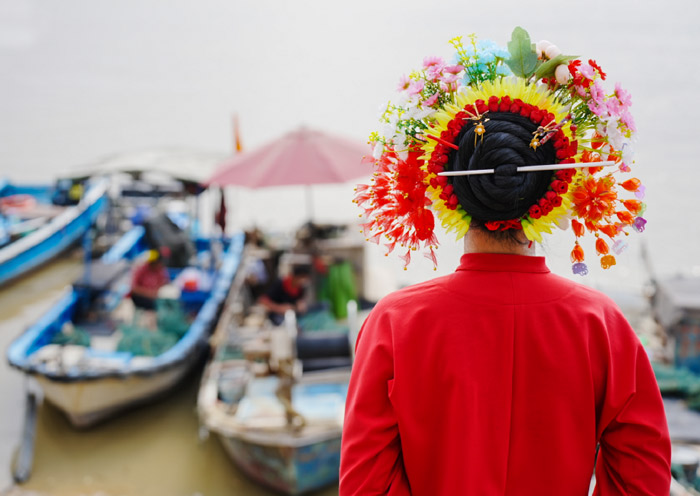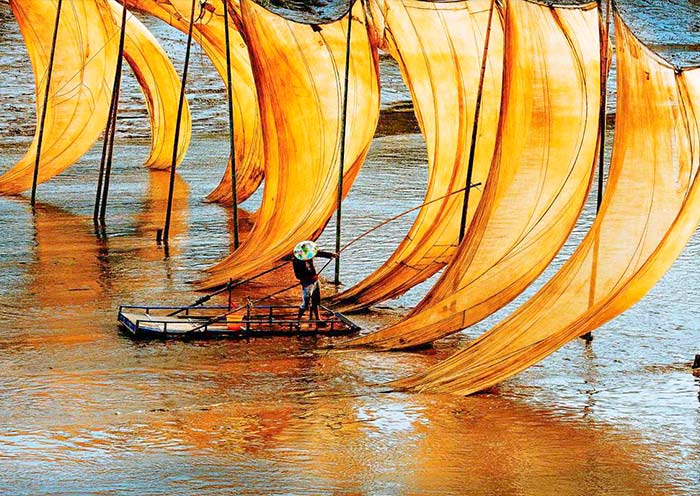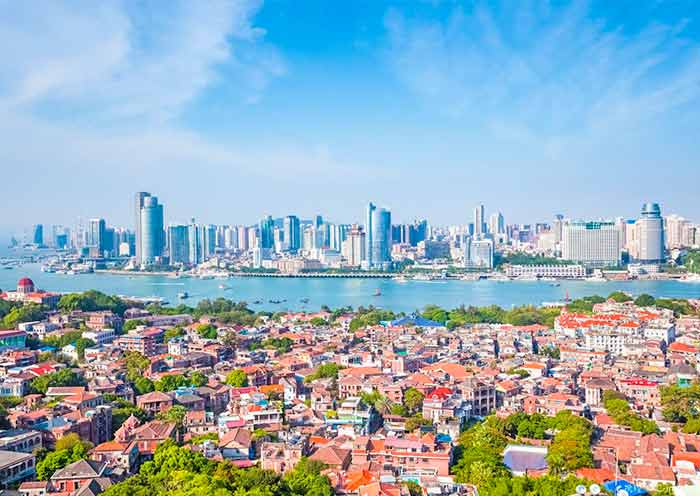Fujian Tulou buildings are constructed using materials, including earth, wood, bamboo, stone, and other locally available resources. These materials are used in various aspects of the construction process, such as:
1). Rammed Earth: The walls of Tulou are typically made of rammed earth, where layers of compacted soil, clay, and sometimes mixed with other materials are used to create solid and sturdy walls.
2). Bamboo: Bamboo is a versatile material used for the framework, columns, beams, and rafters of Tulou. It provides flexibility, and strength, and is readily available in the region.
3). Wood: Wood is used for doors, windows, interior partitions, and decorative elements. It adds warmth, aesthetic appeal, and structural support to the Tulou buildings.
4). Stone: Stone is often used for the foundation and lower levels of the walls to enhance stability and durability. Local stones like granite or volcanic rock are common choices.
5). Bricks and Tiles: Bricks are occasionally utilized for reinforcing corners or adding decorative elements to Tulou. Tiles are used for roofing, providing protection from the elements.
6). Thatch: In some older or more traditional Tulou structures, thatched roofs made of straw or other plant materials may be used.
7). Glutinous rice (sticky rice) is used as a glue or adhesive material in the construction of Fujian Tulou.























